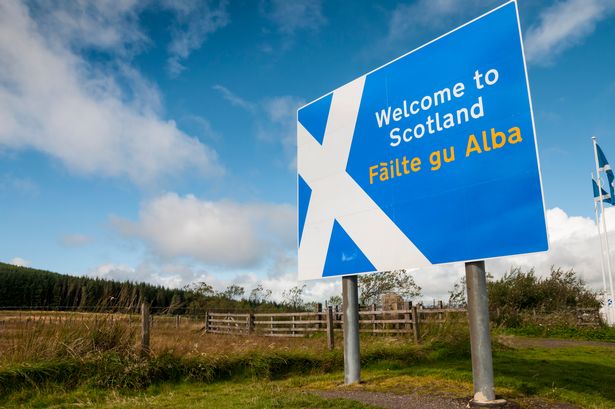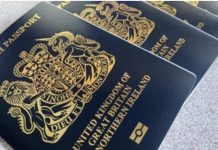Research published by the Scottish Tourism Alliance (STA), the representative body for tourism business in Scotland paints a stark picture for the sector in contrast to recent speculation that tourism in Scotland is set for a boom this summer.
The organisation conducted research, predominantly with hospitality businesses following the easing of some restrictions on 26th April and also collated the results of research undertaken by a number of member sectoral groups within the industry, totalling 980 responses.
The STA surveyed 271 businesses directly and found that 30% took the decision to remain closed from the 26th April; of those, 31% have said that they do not plan to reopen next week when restrictions will ease further.
The organisation’s research highlighted an extremely slow start to accommodation bookings; between 41 – 45% of accommodation providers who responded indicated that over the course of May, June and July, occupancy is sitting at below 20%.
62% of rural hotels have less than 50% occupancy for May and just 26% of rural hotels have indicated that they will have 60%+ occupancy for this month. The picture is almost identical for June and for July, 54% of rural hotels indicate that their occupancy will be lower than 50%; just 30% have said they expect occupancy of 60%+.
Predicated occupancy levels in the cities is worryingly low with 94% of hotels in cities reporting occupancy levels of below 50% in May, 98% of hotels in cities are reporting occupancy levels of below 50% in June and 87% of city hotels are reporting occupancy levels of below 50% in July.
This is also reflected in the recent STR data which shows forward occupancy levels for Glasgow hotels sitting at just 14% for May and June, dropping to 13% in July and rising slightly to 15% in August. The picture is similar in Edinburgh with May occupancy at 19%, June 20%, July 19% rising to just 22% in August.
Of the 271 businesses surveyed by the STA, 38% said that their average gross food and beverage takings since reopening are below 20% and just 11% of respondents are taking between 76 – 100% of the norm.
Recent media reports have pointed towards a boom in tourism in Scotland however the latest research conducted by the STA, the Association of Scottish Visitor Attractions (ASVA), the Association of Scotland’s Self-Caterers (ASSC) and Wild Scotland, the trade body representing the adventure tourism sector shows that the industry is far from recovery and in many respects, is in a worse position now than it was a year ago.
According to research published by the ASSC which gleaned 262 responses, larger self-catering properties that rely on multiple households have been under either full closure or restricted trading since the first lockdown on 24th March 2020 and will continue to be affected until at least end of June 2021 according to the current route map, having only been able to enjoy ten viable weeks of trading.
Wild Scotland surveyed 105 members and found that 45% of respondents will operate at less than 50% of capacity due to current restrictions, with 64% referencing physical distancing as the main factor. The association has said that many businesses within the adventure tourism sector will require further financial support to survive into 2022, particularly those with a reliance on the international market, those impacted by physical distancing and much of the marine tourism sector, some of which remains closed, facing a second year of no trading and potential business collapse.
The Association of Scotland’s Visitor Attractions surveyed their membership in April, receiving 342 responses and found that 54% of attractions will remain closed as a result of the continuation of 2m physical distancing or will lose money when they do reopen.”
STA Chief Executive, Marc Crothall said; “Our survey uncovered what we knew was happening across the industry from anecdotal conversations; that things were nowhere near as buoyant as has been suggested and in fact, that too many businesses across all sectors within our industry are continuing to operate in crisis mode. The STA held three forums with hospitality, tourism and destination groups this week and all attending very much echoed our research findings.
While the smaller properties within the self-catering sector are looking at a positive level of recovery, other accommodation providers are struggling as bookings are not coming in at the level needed to trade viably over what would be the busiest part of the year and food and beverage income is far from healthy across the board, although this will hopefully change with the next easing of restrictions on 17th May.
It is also important to acknowledge that there is a recruitment crisis within the tourism and hospitality sector with all respondents to our survey indicating that they have vacancies; conversations I’ve had suggest that the picture is far more worrying across the sector, particularly in terms of the recruitment of chefs.
A great deal rides on the further easing of restrictions which come into force from next Monday and beyond, particularly for the night time economy and events industry, this really is the last chance for most of Scotland’s tourism industry to start to recoup some of the lost income from the past year, however I know that that easing will not go far enough for many as our research indicates; it may very well be too late for recovery.







